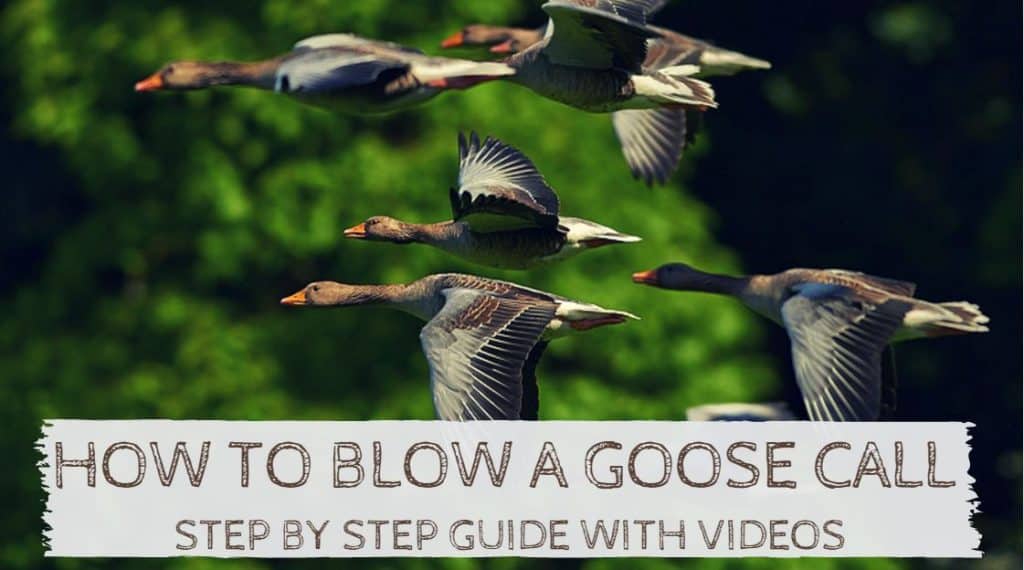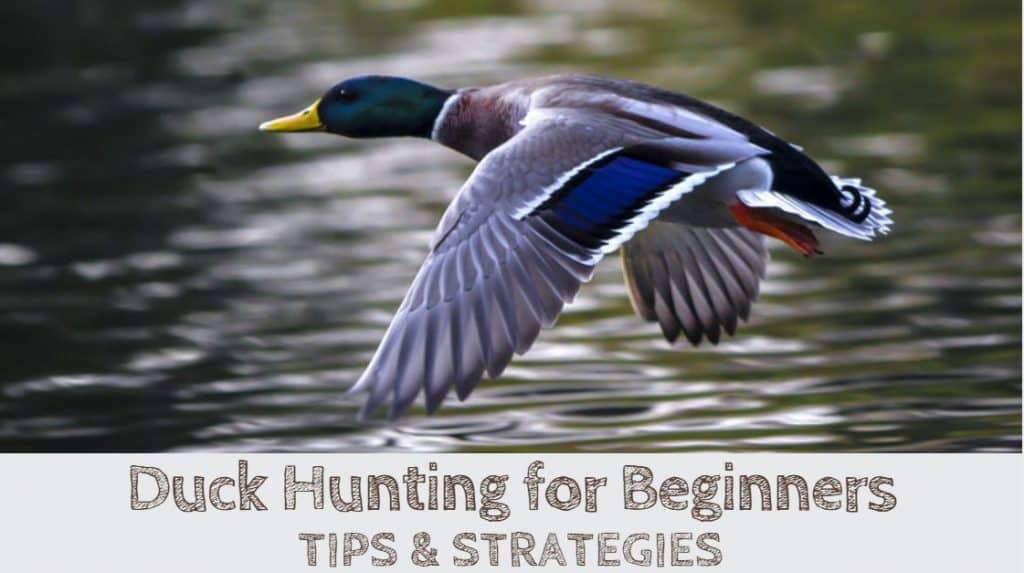How to Bait Turkeys: Do you know on average more than two-thirds of hunters who hunt turkeys come back with nothing but interesting stories? I don’t blame them, though. Turkeys have proven to be the most alert and suspicious creatures to hunters especially those who don’t know how to bait turkeys.
But, this doesn’t mean that they are impossible to hunt. With the right tools and technique, they can be your easiest “prey”. You only need to play your cards right. How is that possible? This is where I come in to save your dying dream (literally) with the best tricks on how to bait turkeys successfully.
How to Bait Turkeys Like A Pro
The main idea behind hunting turkeys is to lure them to your point of sight so you are in a good position to shoot them. Let’s talk about the steps to follow, but exercise maximum caution to be successful.
- Get the right tools
- Scout your hunting area
- Set the bait
- Arrange the decoys
- Call the turkeys
Step 1: Get The Right Tools
There are a few very important tools without which your efforts will bear no fruit. You will need:
- Cracked corn
- Turkey calls
- Turkey decoys
We didn’t have a turkey call on our last hunting trip. So, we tried using one of the Best Duck Calls for Beginners that we always have on us. While we were able to produce a call similar to that of a turkey, it wasn’t really effective. Maybe it even scared the turkeys off. So, you must get a call specifically designed to call turkeys to draw them closer.
Step 2: Scout Your Hunting Area
Baiting turkey is more like cutting a tree, you need to first sharpen your ax. Preparation is the key! You can do this by scouting the target areas and knowing every possible detail. This will not only help in getting the location of the roosts but also help you in choosing the best place to hide.
Your hiding location should have cover while allowing you to shoot comfortably. The ideal distance between your hiding place and the target location should be around 20 yards. Once you find a suitable hiding place, free the area of any crunchy leaves or dry sticks that may make noise due to your movement.
Step 3: Set The Bait
This is the easiest part. Simply scatter the corn seeds in your target area where you would want your turkey for a good shot. Spread the corn in a natural way to make turkeys think it’s a feeding field.
Step 4: Arrange The Decoys
Decoys give real turkeys a sense of safety in your target area. Again, you need to place decoys in a very natural and realistic manner. Place a couple of decoys around 20 yards in front of your hiding place. Place them facing away so that they appear to be traveling together in the same direction.
Always use good quality decoys and while setting up, ensure good body postures, such as an upright head or feeding.
Step 5: Call The Turkeys
Now after setting the stage, you have to call the turkeys by using a turkey caller from your hiding area.
Using turkey calls really worked for us on our last trip. In fact, we love using calls. Even during waterfowl hunting season, we had great success with the Best Goose Call for Beginners. Learning how to use calls takes a bit of time and practice. But it’s well worth the effort.
If you do it well, you may find it to be the most rewarding experience of your turkey hunting expedition.
I can say without any doubt that now you know everything about how to bait turkeys. If you use the tools and techniques listed in the article and execute the steps well, then you will get good results. If you have any questions then feel free to comment below.
Don’t forget to check the local laws and regulations before you try to bait turkeys.
Last Updated on May 15, 2025 by Victor Mays




